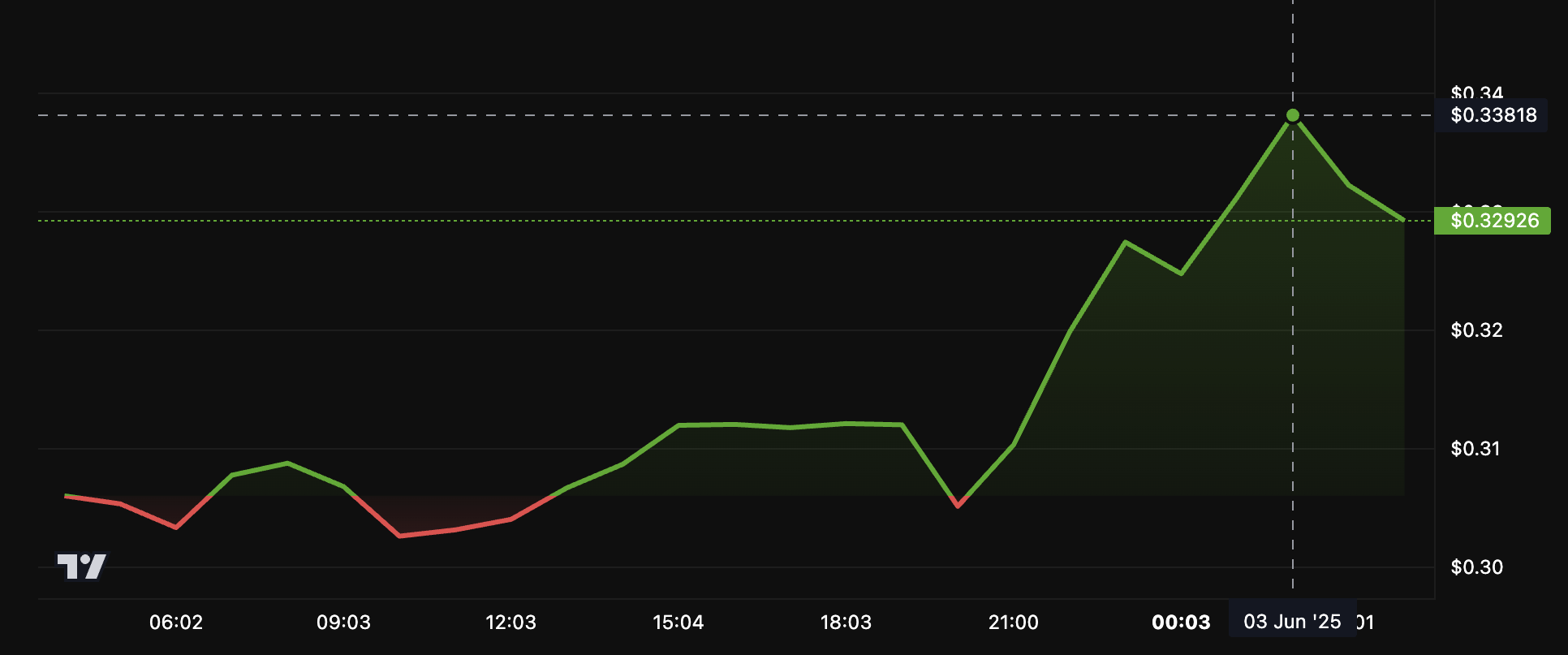
The post Celsius Founder Faces 20 Years in Prison; Token Price Soars 70% appeared first on Coinpedia Fintech News
Former Celsius Network CEO Alexander Mashinsky is facing a recommended sentence of at least 20 years in prison for leading what prosecutors describe as a years-long fraud that caused billions of dollars in losses and devastated thousands of everyday investors.
Mashinsky, who founded Celsius in 2018, built the platform into a major name in the world of cryptocurrency. He promoted Celsius as a safe alternative to traditional banks, where users could earn interest by storing their digital assets.
According to court documents, Mashinsky misled customers about how their money was being handled, used risky investment strategies behind their backs, and lied about Celsius’s financial health. He also used customer funds to manipulate the price of the company’s own CEL token, secretly selling his personal stash of tokens for tens of millions of dollars.
When Celsius collapsed into bankruptcy in 2022, thousands of investors lost their savings. Many were ordinary people who believed their assets were safe.
Mashinsky pled guilty in December 2024 to two criminal counts: lying about the safety of Celsius’s investment platform and manipulating the price of CEL for personal gain. He admitted to personally profiting over $48 million from the schemes, while total losses exceeded $550 million.
Despite the plea, prosecutors say Mashinsky still refuses to fully accept responsibility. They accuse him of trying to shift blame to others, including market conditions and even his victims, and of shielding assets through family-controlled trusts.
Government attorneys argue that a long sentence is necessary—not only to punish Mashinsky but also to send a clear message to others in the crypto industry The final sentence will be decided by a federal judge in New York.
CEL Token Surges Despite Legal Trouble
Surprisingly, after news of the sentencing recommendation broke, the price of CEL soared by over 70%, currently trading at $0.15. In the past 24 hours, CEL has seen a low of $0.08667 and a high of $0.1782. Still, the token remains far from its glory days. CEL’s all-time high was $8.02 on June 4, 2021, meaning it’s down over 98% from that level.
The post Celsius Founder Faces 20 Years in Prison; Token Price Soars 70% appeared first on Coinpedia Fintech News
Former Celsius Network CEO Alexander Mashinsky is facing a recommended sentence of at least 20 years in prison for leading what prosecutors describe as a years-long fraud that caused billions of dollars in losses and devastated thousands of everyday investors. Mashinsky, who founded Celsius in 2018, built the platform into a major name in the …

 (@CoinbaseAssets)
(@CoinbaseAssets) 





